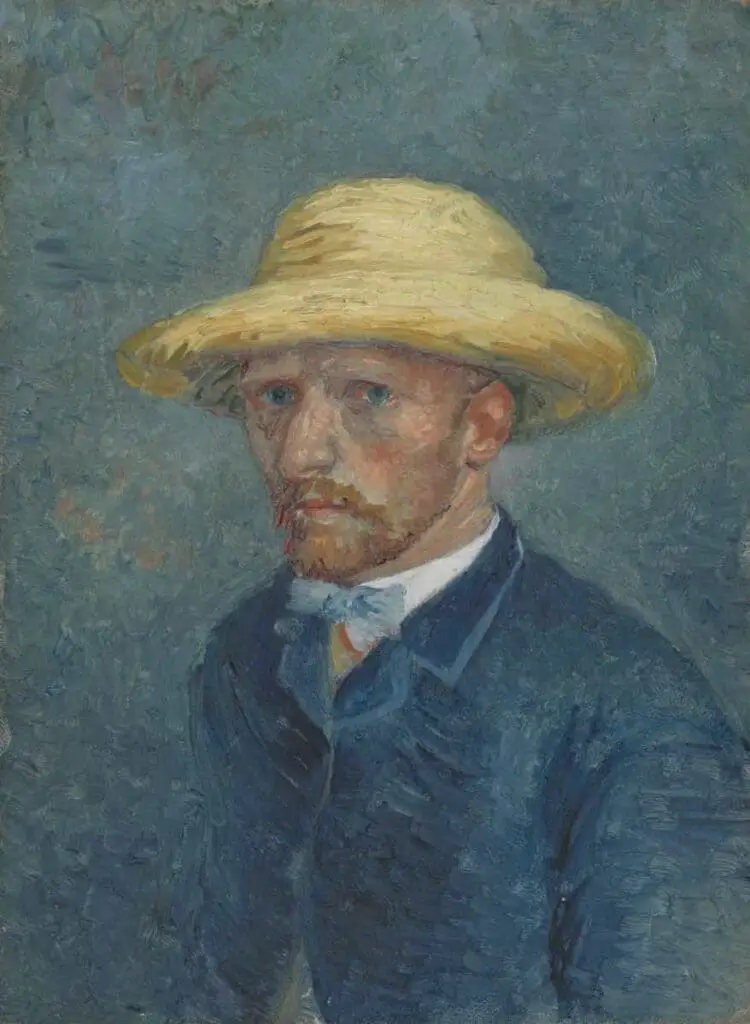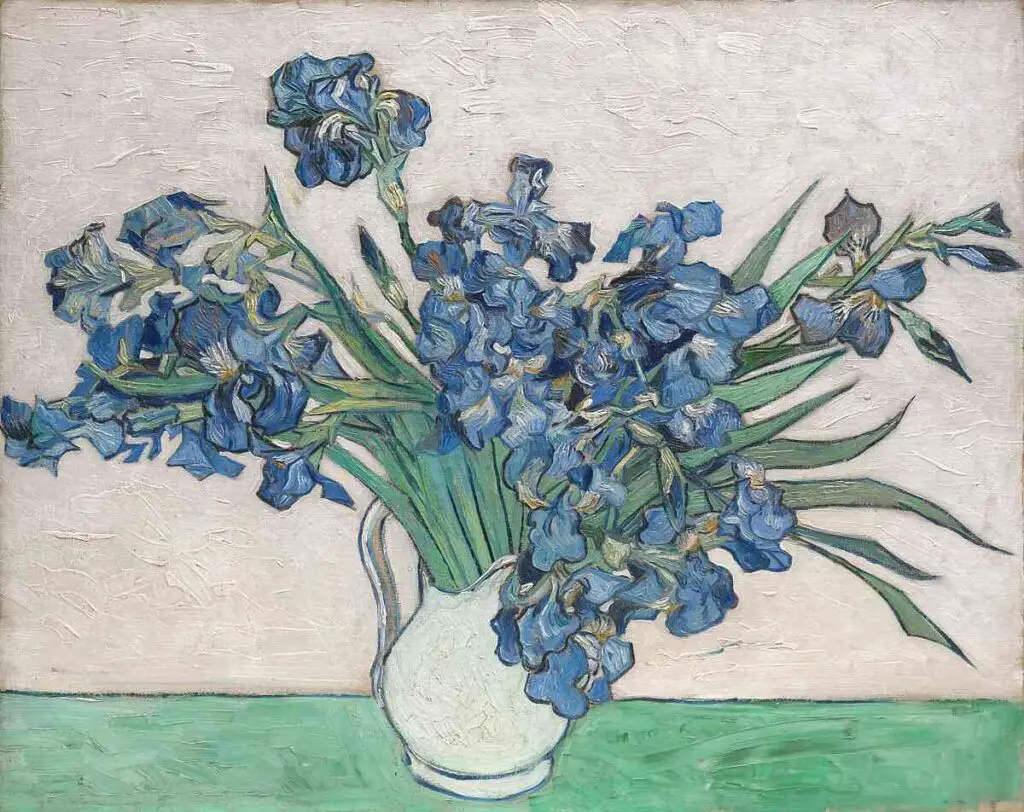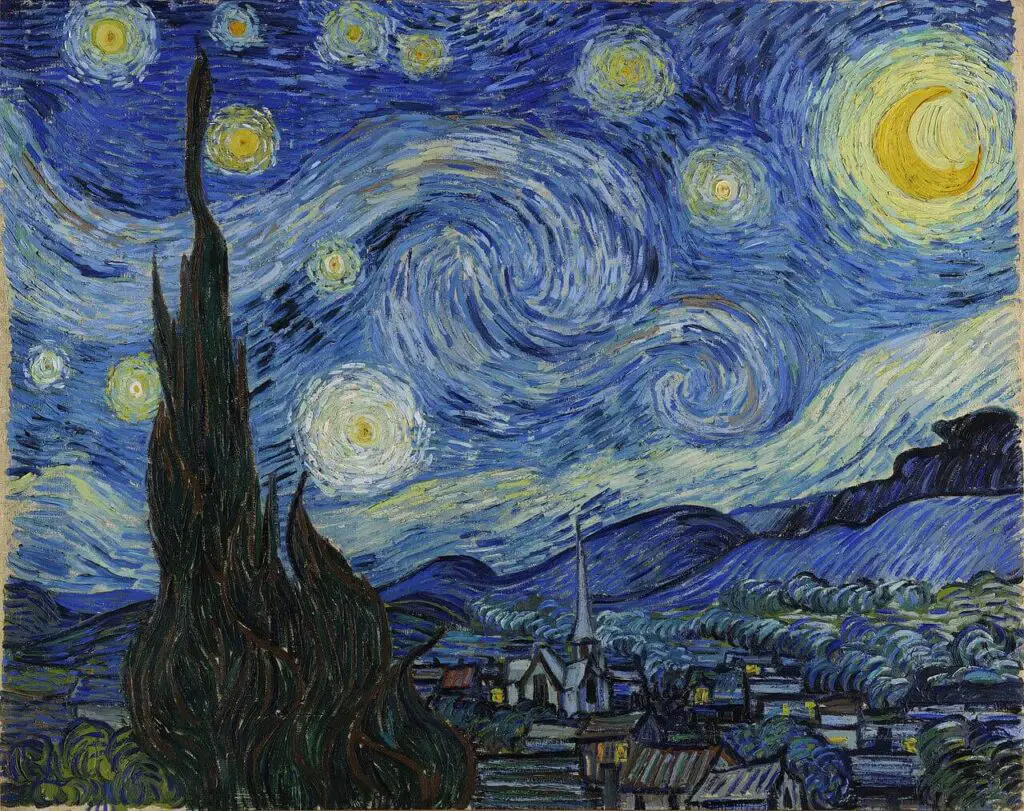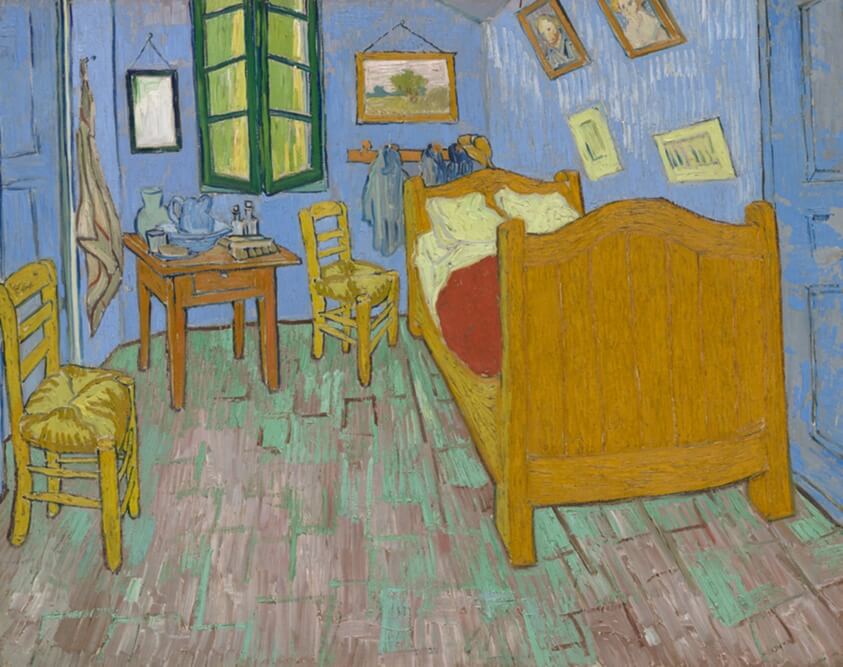Vincent van Gogh, undeniably one of the most exceptional artists in history, faced the paradox of selling very few, if any, of his paintings during his lifetime.
He is one of the world’s most renowned and celebrated artists today. Van Gogh’s legacy is defined not only by his captivating artwork but also by his extraordinary skill and passion for executing every brushstroke. Join us as we delve deeper into the world of this remarkable artist and unravel the reasons behind his enduring fame and the profound impact of his artistry.
Table of Contents
Vincent Van Gogh: A Master Of Emotion And Color
Vincent van Gogh, synonymous with artistic brilliance and emotional depth, has left an indelible mark on art. His works, characterized by vibrant colors and expressive brushwork, have achieved iconic status, making him one of history’s most celebrated Post-Impressionist painters.
Despite facing a lack of recognition during his lifetime, van Gogh’s art now resonates with people worldwide. In this blog post, we will explore the life and work of Vincent van Gogh, shedding light on why he is considered a pivotal figure in the realm of art.
Early Life And Background Of Vincent Van Gogh
Vincent van Gogh was born on March 30, 1853, in Groot-Zundert, a small village in the Netherlands. He was the son of a Protestant minister, Theodorus van Gogh, and Anna Cornelia Carbentus.
The Artistic Journey Begins
Vincent van Gogh’s transformation into an artist was not immediate. It was a gradual process that began in the early 1880s. During this period, he experimented with various professions, including working as a lay preacher and a schoolteacher in England. However, his heart was drawn to art, and he started to dabble in sketching and drawing.
In 1885, van Gogh decided to pursue art more seriously and enrolled at the Royal Academy of Fine Arts in Antwerp, Belgium. During his time in Antwerp, he was exposed to the vibrant world of Japanese prints and was greatly influenced by the works of the Flemish Baroque painter Peter Paul Rubens.
These encounters with different artistic styles and traditions would be crucial in shaping his unique artistic vision.
Paris: The Turning Point For Vincent Van Gogh
Vincent van Gogh’s artistic journey led him to Paris in 1886, a city teeming with creative innovation and experimentation. He encountered prominent artists like Edgar Degas, Paul Gauguin, and Georges Seurat in Paris. These interactions profoundly impacted van Gogh’s style, encouraging him to adopt a brighter and more colorful palette.
The influence of the Impressionists, with their emphasis on capturing the fleeting effects of light and color, began to seep into van Gogh’s paintings. He started to infuse his canvases with vibrant hues and thick, expressive brushwork, moving away from the muted tones of his earlier works.
Arles: The Sunflowers And Beyond
In 1888, seeking refuge from the hustle and bustle of Paris, Vincent van Gogh settled in the picturesque town of Arles in Provence, France. Here, he produced some of his most iconic works, including the famous series of ‘Sunflowers.’

These radiant and joyful depictions of sunflowers in various stages of bloom showcased van Gogh’s mastery of color and his ability to convey emotion through art.
While in Arles, van Gogh’s art blossomed, and he continued experimenting with his style. His canvases became a vivid reflection of the landscapes, people, and objects surrounding him. It was a period of great creative fervor, marked by inner turmoil and mental instability.
Struggles And Tragedy Of Vincent Van Gogh
Van Gogh’s mental health deteriorated over time, leading to periods of profound sadness and anxiety. In 1889, during extreme mental distress, he famously severed part of his ear and was subsequently admitted to a hospital in Arles. Despite these challenges, his dedication to art remained unwavering, and he produced remarkable works during his stay at the hospital.

However, in 1890, the weight of his mental struggles became too much to bear. On July 27, 1890, Vincent van Gogh tragically shot himself in the chest in a wheatfield near Auvers-sur-Oise, France.
He succumbed to his injuries two days later at the age of 37. His untimely death marked the end of a brilliant but turbulent life.
Legacy And Importance Of Vincent Van Gogh
Vincent van Gogh’s significance in the art world cannot be overstated. Despite his struggles and the limited recognition he received during his lifetime, he left behind a body of work that has inspired generations of artists and art enthusiasts.
His use of vibrant color, bold brushwork, and the sheer emotional power of his paintings continue to captivate audiences worldwide.

Van Gogh’s art transcends time and place, offering a profound glimpse into the human experience. His ability to convey deep emotion through color and form has made his works universal and timeless.

Today, his paintings, such as “Starry Night,” “The Bedroom,” and “Irises,” are celebrated masterpieces that grace the walls of museums and galleries, touching the hearts and souls of those who view them.

Vincent van Gogh’s journey from a young man working in an art dealership to a tormented but brilliant artist is a testament to art’s transformative power and the human spirit’s resilience. His contributions to the art world continue to be celebrated, reminding us that great art can transcend pain and suffering, leaving an enduring legacy of beauty, emotion, and inspiration for all.
Anita Louise Art is dedicated to art education, great artists, and inspiring others to find and create their art. We love art that uplifts and inspires. #ArtToMakeYouSmile! #ArtToMakeYouHappy!
If you want to see any of my art, you can find out more by clicking here. If you are interested in what inspires me and my paintings, you can discover more by clicking here.
We have a free newsletter and would love you to be part of our community; you can subscribe to the newsletter by clicking here. If you have any questions, I would be happy to talk to you anytime. You can reach me, Anita, by clicking here.
Subscribe to our Anita Louise Art YouTube Channel with great videos and information by clicking here.
Join us for our podcast “5 Minutes With Art.” Spend just 5 minutes a week with us to discover and learn about great art and artists. You can find out more about our podcast by clicking here.
Related Questions
What Inspired Leonardo da Vinci To Paint The Last Supper?
Duke Ludovico Sforza commissioned Leonardo to paint the Last Supper mural. What makes the Last Supper mural so unique is that he painted it at the exact time when Christ told the Apostles during The Last Supper meal that one of them would betray him. Leonardo showed the apostles’ reactions, including Judas, who betrayed Christ.
By clicking here, you can learn more by reading What Inspired Leonardo da Vinci To Paint The Last Supper?
Why Is Van Gogh Considered Such a Great Artist?
Vincent Van Gogh Starry Night painting is considered priceless; many have estimated that the price is worth well over 100 million US dollars. The Museum of Modern Art in New York City has had the painting in its collection since 1941.
By clicking here, you can discover more by reading Why Is Van Gogh Considered Such a Great Artist?
What Did Leonardo da Vinci Contribute To Medicine?
Leonardo da Vinci contributed a lot to the medical field of study. His work contributed to our understanding of anatomy, medical physics, biomedical engineers, and neuroscience. He was fascinated with the human body as an artist and scientist.
By clicking here, you can learn more by reading What Did Leonardo da Vinci Contribute To Medicine?

